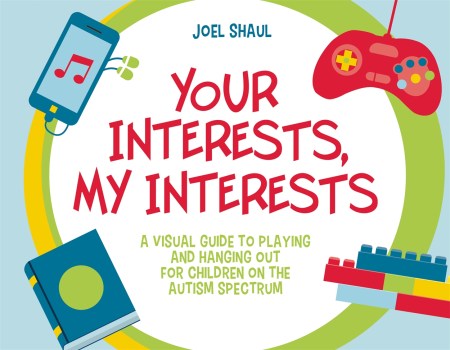When you’re all by yourself, you can (nearly) do anything you want, but when you’re playing with other people, they might want to do something different. The more you know what they like, the more fun can be had playing!
Children on the autism spectrum can find playing with other children difficult and they may be highly focused in their interests. This colourful and interactive visual guide will help these children learn how to establish common interests with friends and classmates, or family members at home, and use this knowledge to improve their play.
With six chapters showing examples of young people trying to get better at hanging out together, before giving problem-solving exercises and activities to help refine this information, this book is perfect for an adult and child to go through to develop their ability to play.
Children on the autism spectrum can find playing with other children difficult and they may be highly focused in their interests. This colourful and interactive visual guide will help these children learn how to establish common interests with friends and classmates, or family members at home, and use this knowledge to improve their play.
With six chapters showing examples of young people trying to get better at hanging out together, before giving problem-solving exercises and activities to help refine this information, this book is perfect for an adult and child to go through to develop their ability to play.
Newsletter Signup
By clicking ‘Sign Up,’ I acknowledge that I have read and agree to Hachette Book Group’s Privacy Policy and Terms of Use
Reviews
Joel Shaul's latest book provides an innovative, visual and hands-on approach to target tangible social and emotional learning skills across the child's day and throughout their different environments.
Joel has captured what has been missing for our students in need of figuring out the mystery of social skills! He uses exceptional visuals that make the social experience clear, practical and comprehensive. The product somehow includes everything a parent or educator would want to help a child on the spectrum with understanding and participating in social interactions!

